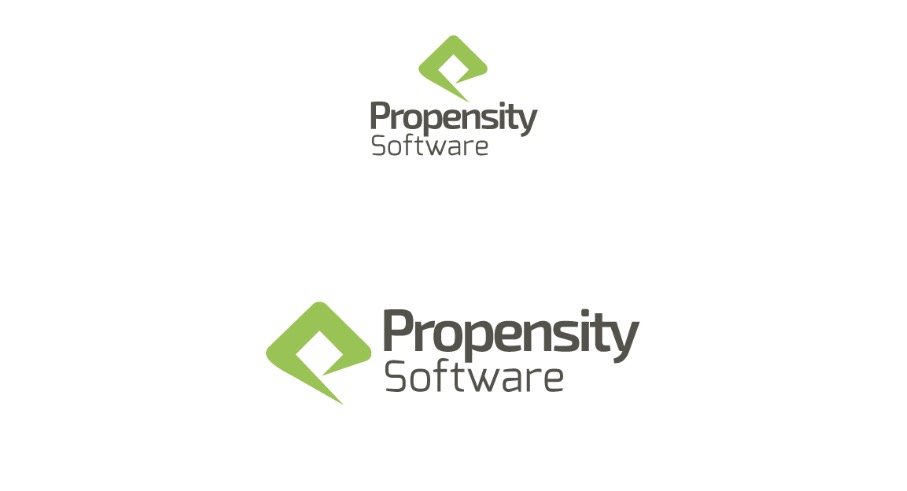Propensity modeling analyzes target behaviors or outcomes by predicting the probability of particular consequences occurring based on the relationship between independent or predictor variables. Here’s a closer look at how it works and where it can be used:
What is Propensity Modeling?
Answer: It refers to the process of creating models that predict the likelihood of an event occurring, such as whether a customer will buy a product, a patient will respond to a treatment, or a voter will support a candidate.
Approach: Generally, it uses past data to spot patterns and behaviors that are related to the desired outcome.
Key Components:
Data Collection:
Collecting relevant data on past behaviors, demographics, interactions or any other variables that might impact the outcome
Feature Selection:
Deciding what variables or features are going to be most predictive Such as demographic data, email open & click history, etc.
Model Building:
Using statistical or machine learning techniques such as logistic regression, decision trees, random forests, or neural networks to build the model.
Different styles of data require having different structures, and these structures produce various types of functions.
Validation:
During validation, the accuracy and generalizability of the model predictions on a dataset that was not used for training (validation set) are evaluated.
Scoring:
Once confirmed, the model rate new data and predict the propensity score, which is a probability that the event occurred.
Applications:
Marketing: You could use prediction to guess which customers will most likely purchase a product, respond to a marketing campaign, or churn (leave for a competitor).
Healthcare: Predicting which patients are at some risk of certain health outcomes or are likely to comply with therapeutic regimens.
Finance: Credit risk or predicting the likelihood of a loan default.
Politics: Predicting how voters will behave, or how responsive campaigns can be.
Education: Spotting students who may drop out, or predicting success in workplace.
Techniques:
Logistics Regression: Typically used for binary outcomes (yes/no, buy/not buy).
Survival Analysis: Used to predict how long until an event occurs, such as how long a customer will continue buying your product or when your machinery would fail.
Other supervised algorithms like Random Forests or Gradient Boosting Machines: To address interaction between variables and improve prediction accuracy.
Challenges:
Data Quality and Quantity: Needs huge amount of good quality data.
Bias: When bias is introduced in either the data or model selection process, the predictions will be biased.
Privacy Issues: Retrieving personal data, in domains such as health or finance, poses ethical and legal challenges.
Therefore, taking advantage of propensity modeling can improve your decision-making significantly by providing a data-driven process of predicting behaviors enabling you to apply more tailored strategies in marketing, management, or policy-making.


